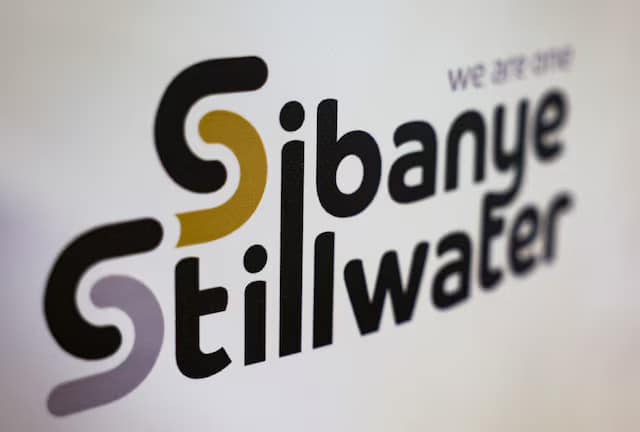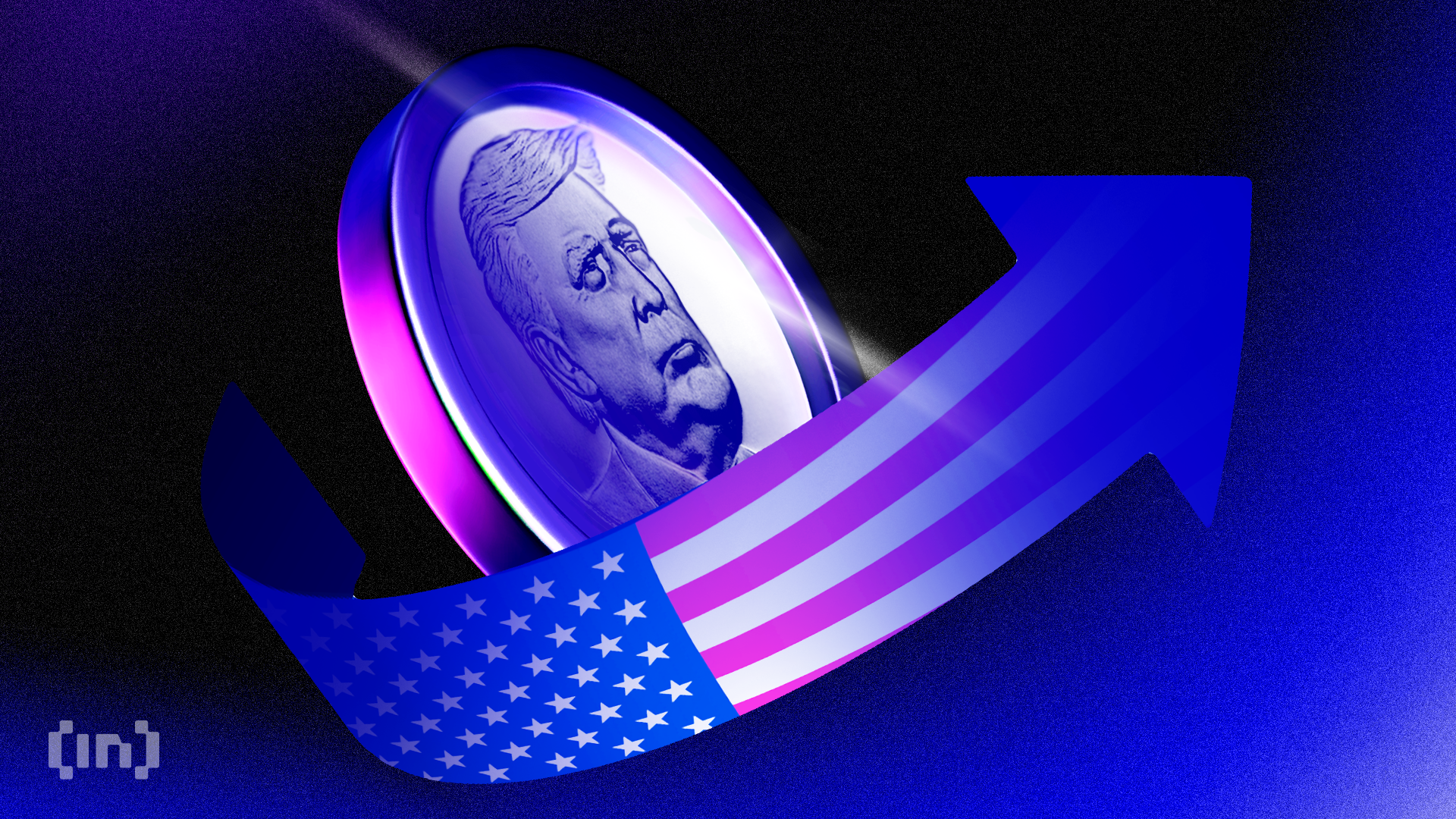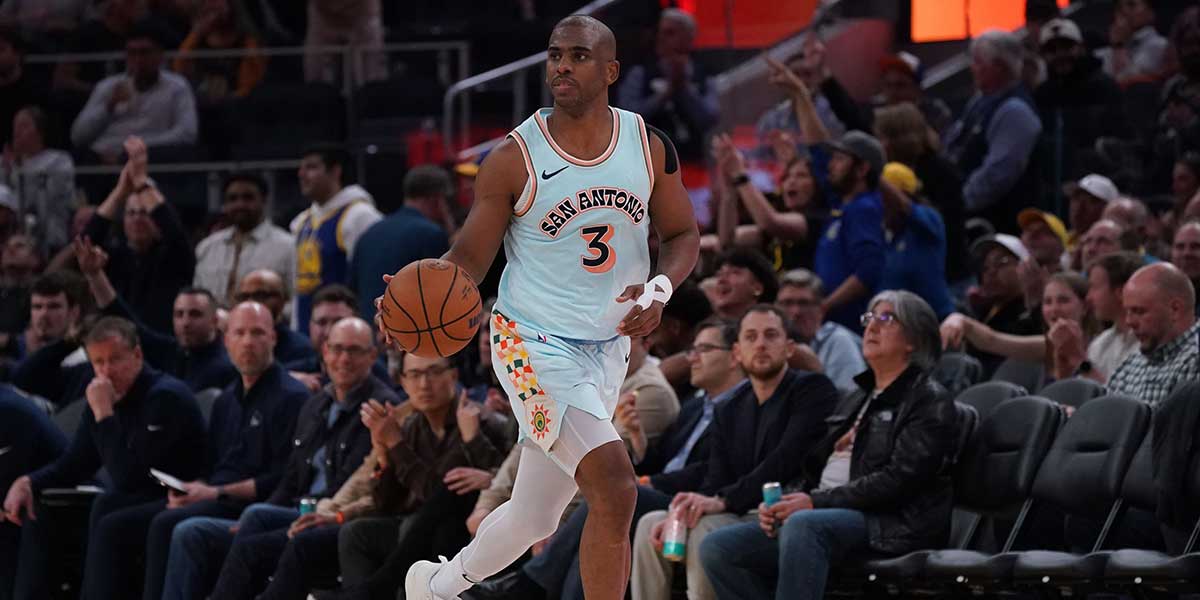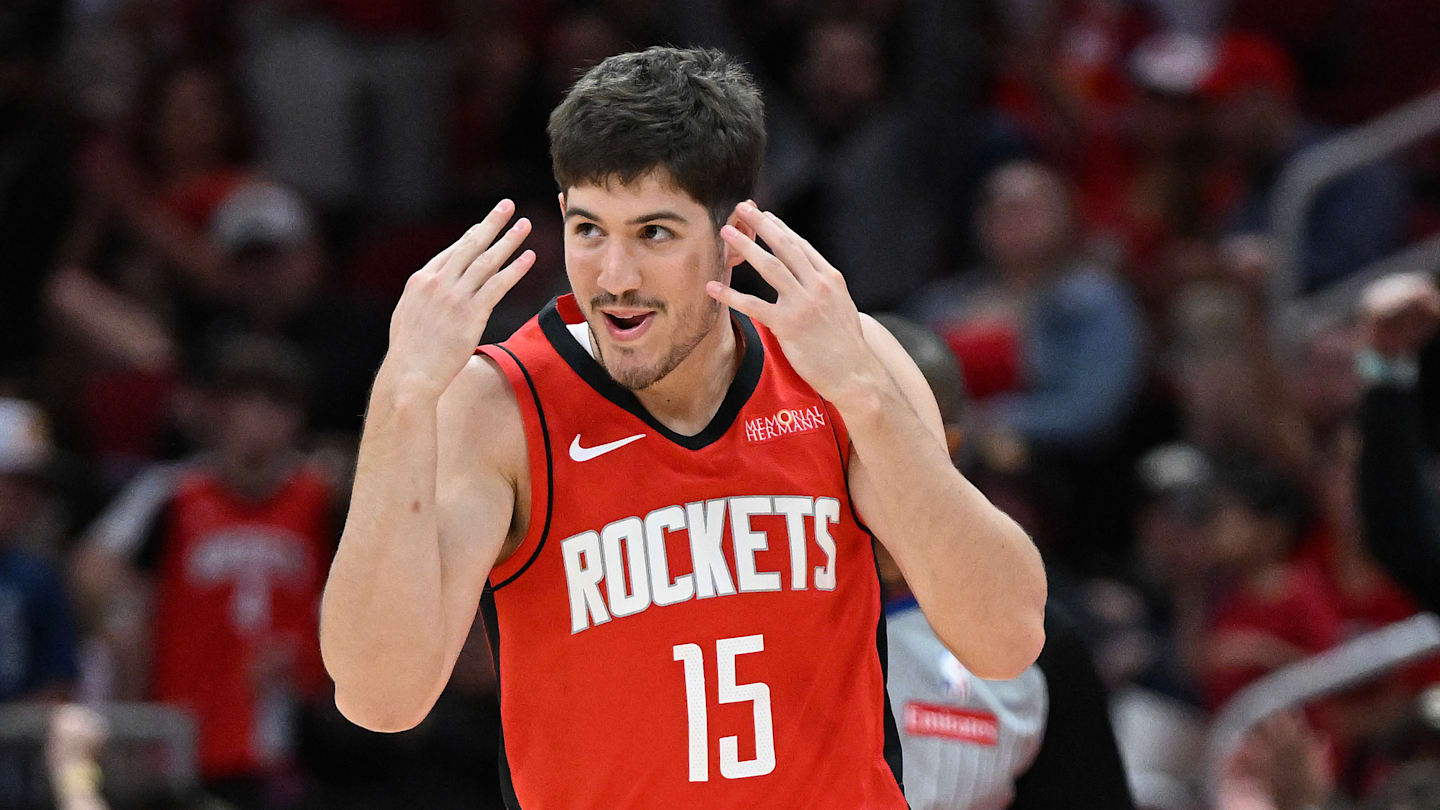Why Buy Microsoft Stock?
Microsoft store in Manhattan, New York City, United States of America on July 16th, 2024. (Photo by ... More Beata Zawrzel/NurPhoto via Getty Images)
NurPhoto via Getty ImagesWhy would you want to pay for Microsoft’s (NASDAQ:MSFT) stock, when you can buy at about the same price? Nvidia’srevenues are growing , Microsoft’s at . Yes, not 50%, but 15%. What’s worse - Nvidia’s cash flow margins are about 47%, almost Microsoft’s margins.
In other words, more of that top line growth that Nvidia gets - makes its way to free cash flow! Cash that can be reinvested or distributed to investors as return. Good thing, who can argue? But Nvidia comes with
Our diversifies away stock-specific risks while giving exposure to upside, and has outperformed the S&P 500, the Nasdaq, and Russell 2000 - and has clocked since inception.
Well, you could argue - . For more than 40 years, this thing has been running like a machine. . AI might fizzle. Large AI models might fizzle - or worse, deemed unnecessary. Deepseek showed small models work just as well, right? They didn’t even use Nvidia’s latest chips.
However, what are the odds that Nvidia’s chips will cease to be the hottest date in town?
Nvidia revenues grew more than 80% annually, on average, in the last 3 years - and last year grew more than 100%. It has to - soon! See: Buy or Sell Nvidia?
Nvidia’s biggest customers are the likes of Microsoft, Google, Meta, and Amazon. These companies, each of them, spent more than last year on Nvidia chips.
And the year after? Can they do it while their own revenue grows only 15% annually?
The answer is .
The Nvidia 80-100% at some point. When this high pitched growth music stops, Nvidia’s valuation will drop. A lot. But then, it might continue at a slower pace, at 20-30%, not bad, but not ridiculously high either.
Point is, that’s why buying a little bit of Microsoft is OK. It’s also why you build a portfolio. A resilient one. To balance risk-reward. We did it in spades with the Trefis . Balancing risk-reward is how HQ outperformed the S&P 500, the Nasdaq, and Russell 2000. HQ outperformed all of them, and has clocked >91% returns since inception.
That’s why you buy a little bit of Microsoft, or Google, META, Amazon, and perhaps even Edwards Lifesciences.
Comparison as a tool: The purpose of comparing Microsoft with Nvidia is all about understanding the risk-reward tradeoff of an investment of interest, in this case Microsoft. In practice, investment decisions are about understanding relative attractiveness. Buy Microsoft stock or keep your money as interest earning cash? Or buy an ETF on the S&P 500? Is expected return on Microsoft stock more than that on cash - by how much? What’s the downside risk you bear to earn that extra return on Microsoft?
Drawing contrast with a specific “anchor” asset, in this case Nvidia and Microsoft, serves as a powerful tool to assess the risk-reward tradeoff.
Note: Always use an appropriate comparison for a ticker. Microsoft example was about “growth” and reasonably high valuation. A comparison with Nvidia provides interesting perspective as the stock offers much more at a similar valuation (FCF based) - but also carries with it, a huge downside risk.
It is exactly this downside risk, versus relative upside tradeoffs we made - at scale, in constructing the Trefis High Quality (HQ) Portfolio. With a selection of 30 stocks, it has demonstrated a history of comfortably outperforming the S&P 500 over the past 4-year span. What accounts for this? As a collective, HQ Portfolio stocks achieved superior returns with reduced risk compared to the standard index, with a smoother performance evident in HQ Portfolio performance metrics.









